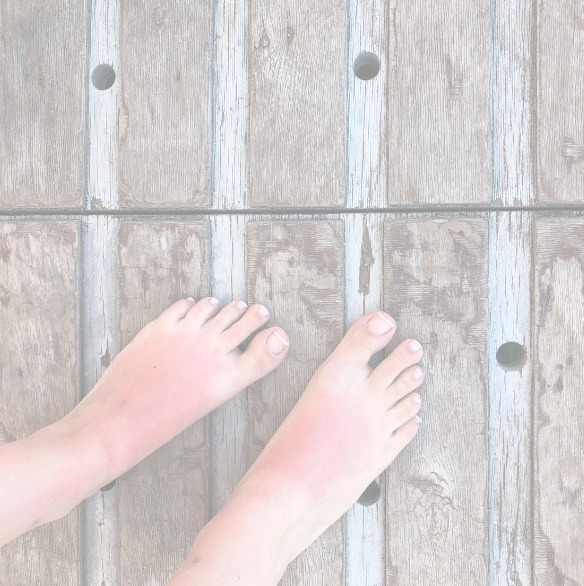What is Acrocyanosis?
Acrocyanosis is a peripheral vascular condition that is characterized by bluish or cyanotic skin discoloration because of decreased oxyhemoglobin, known as the reduced oxygen level in hemoglobin. The most common area affected is the extremities which are the hands and feet.
Two types:
- Primary or idiopathic acrocyanosis.
- Secondary acrocyanosis.
Acrocyanosis is more prone in females than in males. Primary acrocyanosis can usually be seen in young adults between 20 to 30 years of age. Moreover, this is a rare illness seen in children and post-menopausal women. At times, this can be found in association with erythromelalgia and Raynaud’s phenomenon. It is most typically seen in people with anorexia nervosa and emotionally and mentally disturbed people.
What Causes Acrocyanosis?
Primary Acrocyanosis, idiopathic or essential acrocyanosis, has no underlying cause. On the other hand, Secondary acrocyanosis happens in specific conditions. For instance, this condition can occur because of psychiatric, autoimmune, infective neurologic, metabolic, and many other reasons. Moreover, central oxygenation damage in certain heart and lung conditions and local defects in any vascular tissue can also cause acrocyanosis. Another cause are drugs like tricyclic antidepressants or TCA intake with the action of vasoconstriction in pediatric patients. Several other causes are:
- Cold exposure.
- Hypoxemia in smoking individuals.
- Neoplastic conditions such as Hodgkin’s lymphoma and ovarian cancer.
- Connective tissue disorders like rheumatoid arthritis, lupus erythematosus, overlap syndrome, and granulomatosis with polyangiitis.
- Blood disorders.
- Peripheral vascular disease.
- Malnutrition.
- Eating disorders.
- Toxins and drug intake such as tricyclic depressants.
- Dermatitis, particularly atopic dermatitis.
- Genetic disorders like mitochondrial disease, down syndrome, and Ehlers-Danlos syndrome.
- Infancy.
- Any infection.
- Buerger’s disease.
- Injury to the spinal cord.
- Atrophic rhinitis.
- Anorexia nervosa.
- Any psychiatric conditions.
- Physiological factors.
Acrocyanosis is a benign illness. The diagnosis is good without the risk of morbidity. The patient can lead an everyday life. Early diagnosis and lifestyle modification avoid its morbidity.
Are you suffering from this condition? At The Chelsea Clinic, we can help. One of our podiatrist can assist and then recommend what treatments are best to get you back on track.  Podiatrist South Kensington
Podiatrist South Kensington
Schedule an appointment here or you may call us at +44 (0) 207 101 4000. 
We hope you have a feetastic day! 

-The Chelsea Clinic and Team


 Podiatrist South Kensington
Podiatrist South Kensington




